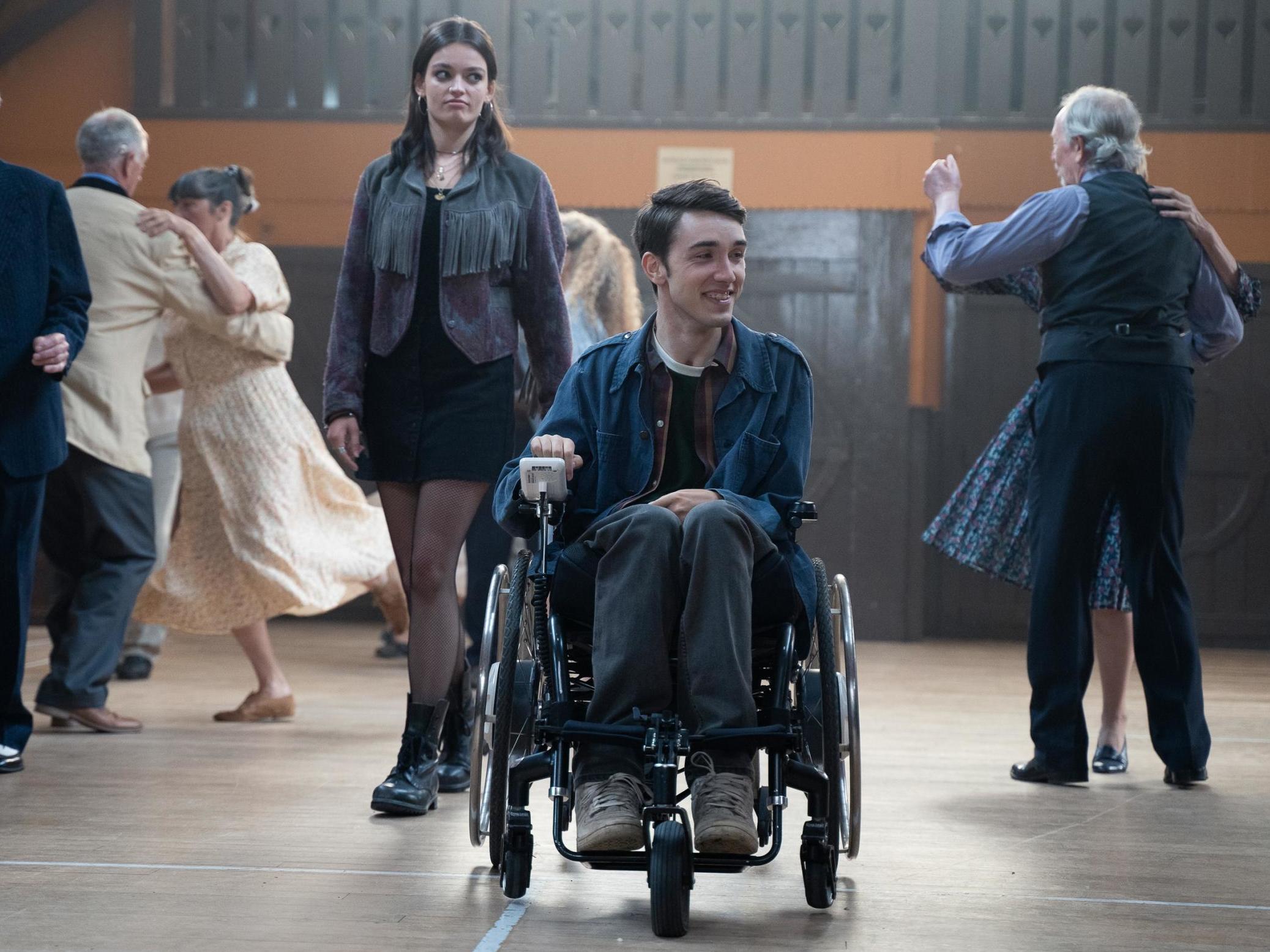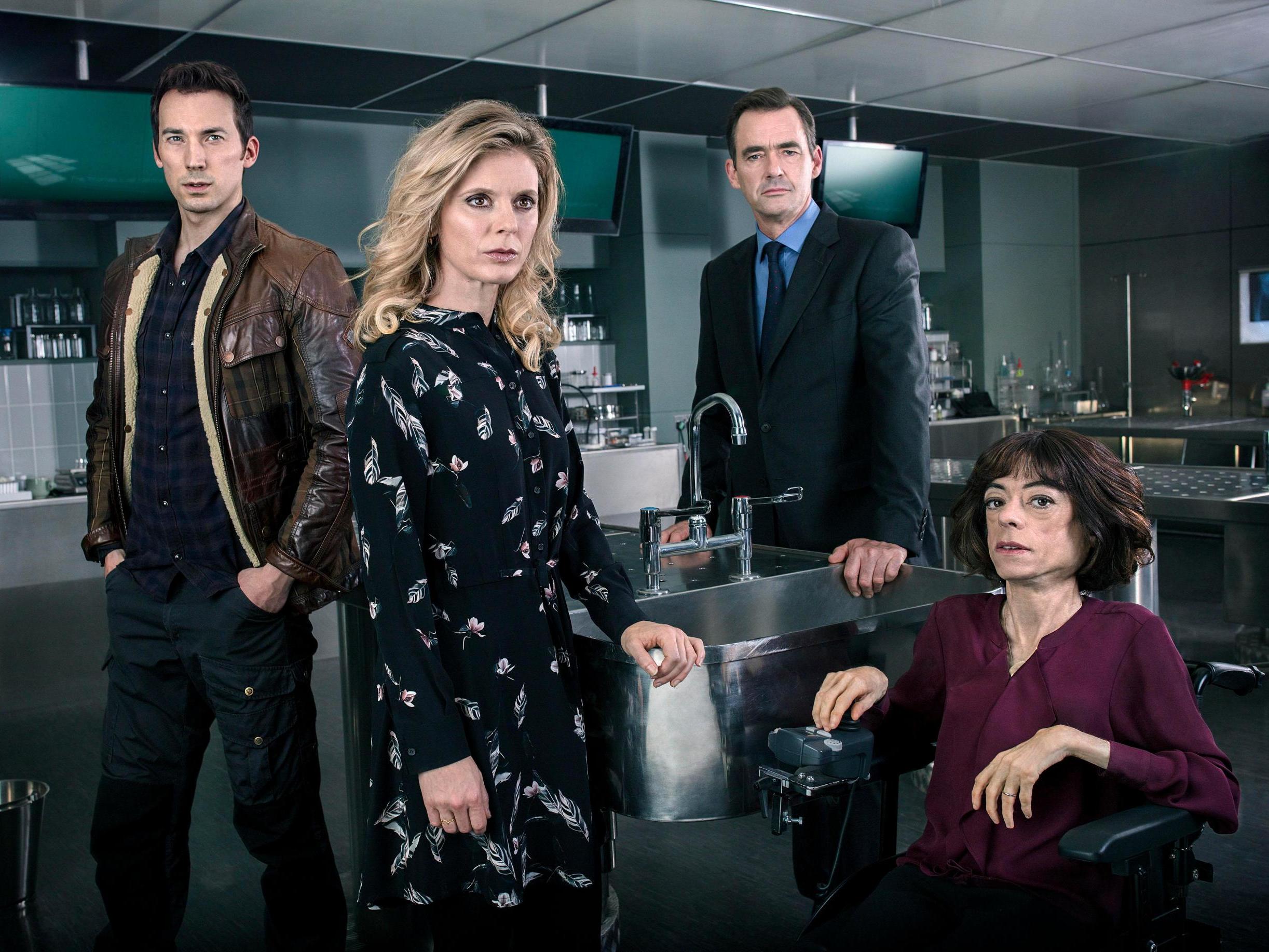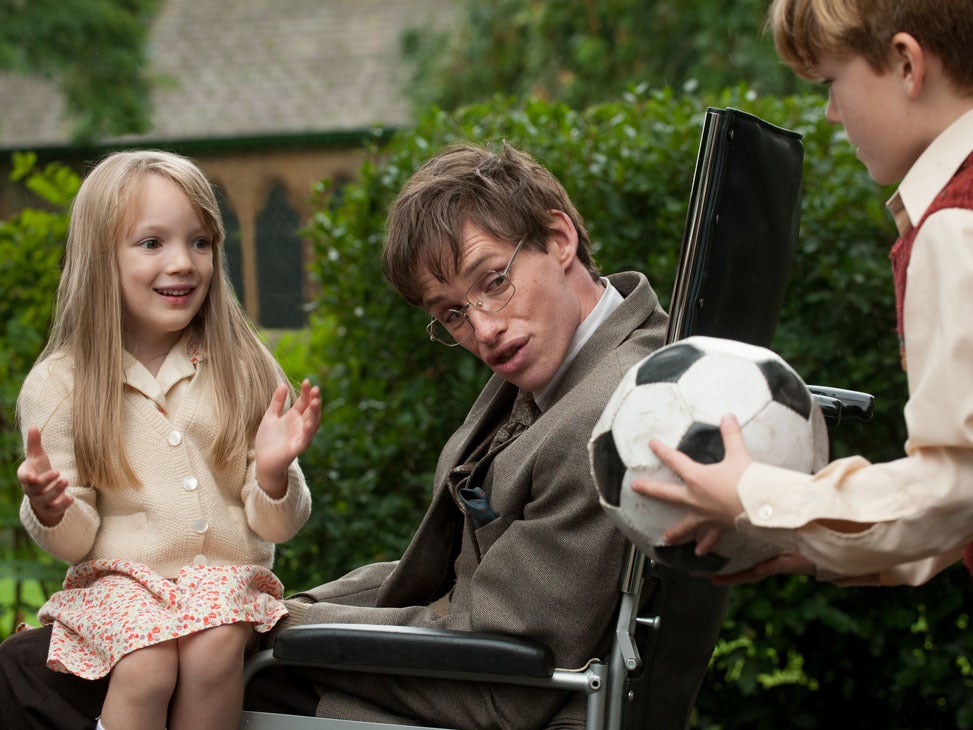It’s 2020, why are disabled people still being shut out of TV?
Disabled creatives say institutional ableism and prejudice are still major barriers to change in the industry, writes Matthew Keegan

Your support helps us to tell the story
From reproductive rights to climate change to Big Tech, The Independent is on the ground when the story is developing. Whether it's investigating the financials of Elon Musk's pro-Trump PAC or producing our latest documentary, 'The A Word', which shines a light on the American women fighting for reproductive rights, we know how important it is to parse out the facts from the messaging.
At such a critical moment in US history, we need reporters on the ground. Your donation allows us to keep sending journalists to speak to both sides of the story.
The Independent is trusted by Americans across the entire political spectrum. And unlike many other quality news outlets, we choose not to lock Americans out of our reporting and analysis with paywalls. We believe quality journalism should be available to everyone, paid for by those who can afford it.
Your support makes all the difference.How many mainstream disabled actors or TV personalities can you name? Even as a disabled person myself, I struggle to think of many.
Despite a few notable examples of representation – Liz Carr as Clarissa in Silent Witness and, more recently, George Robinson playing the first disabled character in hit Netflix show Sex Education – we are still overwhelmingly absent from our screens and public life in general
But just like everybody else, we want our stories to be told. Seeing others like us represented on TV and in the media creates a sense of welcome and inclusion. The kind of inclusion that for too long has been missing for disabled people.
In fact, despite being the largest minority group in the UK, disabled people are still the most under-represented group in TV. This is according to the Creative Diversity Network’s (CDN’s) latest Diamond report, which reveals there is still a significant paucity of disabled people working in both on and off-screen roles.
The annual report, which is the most comprehensive monitor of diversity in UK television and is backed by UK broadcasters the BBC, ITV, Channel 4, ViacomCBS and Sky, found that disabled people make up just 5.2 per cent of contributions off-screen and 7.8 per cent on-screen, despite the overall figure for working age disabled people in the UK hitting 17 per cent.
“Disabled people are shut out of the industry,” said the authors of the report. Even if the number of people with disabilities working in front of and behind the camera in UK broadcast television was doubled, “we still wouldn’t even be halfway to reaching a fair representation compared to the percentage of the population who are working with disabilities”.
However, the findings come as no surprise to many. Balamory star Kim Tserkezie, who has been in the industry for 25 years, says she has seen very little improvement over that time.
“It’s the same prejudice and discrimination embedded in the industry that we’ve had for years that is preventing progress,” she says. “Until we’ve got disabled people in positions throughout the whole creative process in programme making, we won’t see real change.”
Frustrated by the lack of change, Tserkezie started her own production company, but says she still struggles to find TV bosses that understand the need for disabled people to author their own authentic stories. “I’ve never met anyone who has identified as a disabled commissioner before. I still find myself in a position where I have to explain it to them.”

According to government data, there are 13.9 million disabled people in the UK, accounting for 20 per cent – one in five – of the population. But still explaining to TV bosses in 2020 why 20 per cent of the population deserve a chance to be represented and tell their own authentic stories is only half the battle. Persistent prejudices and empty excuses about “lack of talent” and myths that disabled people will “slow down production” or “significantly raise production costs” are also proving wearisome.
“Being inclusive of disability is often thought of as something that can be expensive, so unless TV bosses are really pushed to do it, they won’t,” says actor, writer and producer David Proud, who has starred in EastEnders and kids’ TV show Desperados. “In reality, access needs can often be very small and the benefit of being inclusive is bigger than any financial cost.”
Sadly, staggering amounts of unconscious bias about disability in the industry still persist, leaving many to feel that greater accountability of those in charge is needed. Groundbreaking, disabled-led TV series are still being declined at the commissioning stage over minor technicalities.
“Our Black Panther equivalent is being turned down week on week,” says Proud. “One commissioner even said, ‘There isn’t a market for disabled stories,’ and they said it like they were being reasonable. It’s time that commissioners and controllers are held to account for decisions.”
With few exceptions, shows that do get commissioned with disabled characters often portray disabled people as objects of pity, their disability still the main focus.
“All those pitiful portrayals of us on-screen perpetuate the stereotypes and how people perceive us in our daily lives,” says Tserkezie. “It turns out that we’re still very much seen as medical problems and not independent human beings who are multi-skilled, who live very diverse lives and have a lot to offer.”
Tserkezie longs to see disabled actors playing more diverse characters on-screen. “We have so many different roles in society, just like anyone else – we’re parents, we’re friends, we’re partners – but we don’t see that reflected. We’re still very much hired to play the disability issue and we’re in and out.”
There has also been ongoing debate around actors without disabilities who continue to play disabled characters – or “crip up” – often to great applause and awards.
Actor Dan Edge believes that there is no parity in the industry when it comes to this issue. “A non-disabled actor can have their arm green-screened off for the whole movie and nobody bats an eyelid,” he says. “They never do it the other way round. A non-disabled actor like Eddie Redmayne can play Stephen Hawking and get nominated for an Oscar. Where is the parity? Disability is not a challenge to be played by actors. If disabled talent is not getting cast as disabled people, and nobody is going to green screen us onto non-disabled bodies, what roles can we play?”
There’s a strong argument that non-disabled actors playing the roles of disabled characters prevents disabled actors building any profile.
“There will never be any disabled talent with name value until we’re given the roles to build that profile,” says Edge. “It’s a catch-22; no there isn’t any disabled talent with name value, as you’re not giving us the jobs in the first place.”
Mik Scarlet, an actor and presenter with 30 years experience in the industry, including roles in Brookside and The Bill, feels that it’s time to admit that there are some elements of acting that are acting and there are also some elements of acting that are about identity. “There is an identity in being disabled. There’s a physicality and understanding of the character that even the best actor in the world won’t understand.”

So what can be done to address the ongoing deficit of disabled people across the industry? While there have been a number of schemes and initiatives to try and draw more disabled talent into the industry, many argue that more needs to be done to nurture existing and mid-career talent.
“The industry keeps thinking that it’s always about finding new talent, but it’s about time the industry understood that the answer is to nurture the talent that it has and also to find new,” says Scarlet. “There’s no point everybody starting at the beginning every time this comes up. This cycle has been happening for 30 years and it’s not working.”
And there’s growing consensus that if TV companies genuinely want to be the inclusive, diverse makers of wonderful content that they keep saying they aspire to be, then it’s time that they put their money where their mouth is and start employing disabled people in roles of management that actually shape the policy.
“There isn’t a lack of talent,” says Scarlet. “I think there’s an internal ableism in the industry that hasn’t really been confronted. It comes from management – it’s a policy thing. They need to acknowledge that it exists and decree that TV needs to represent disabled people as one in five of the population.”
And in the age of streaming platforms, where it’s a constant fight for viewers, if broadcasters have good, genuine representation of disabled people on-screen, many feel they will get more eyeballs for these shows.
“It’s worth the investment when disabled people have something like £249bn spending power per year,” says Edge. “We will spend that if we see ourselves represented well. We will subscribe to the streaming platforms if we’re seeing ourselves on-screen. We just want to see our stories told in the same way as everybody else.”
Join our commenting forum
Join thought-provoking conversations, follow other Independent readers and see their replies
Comments